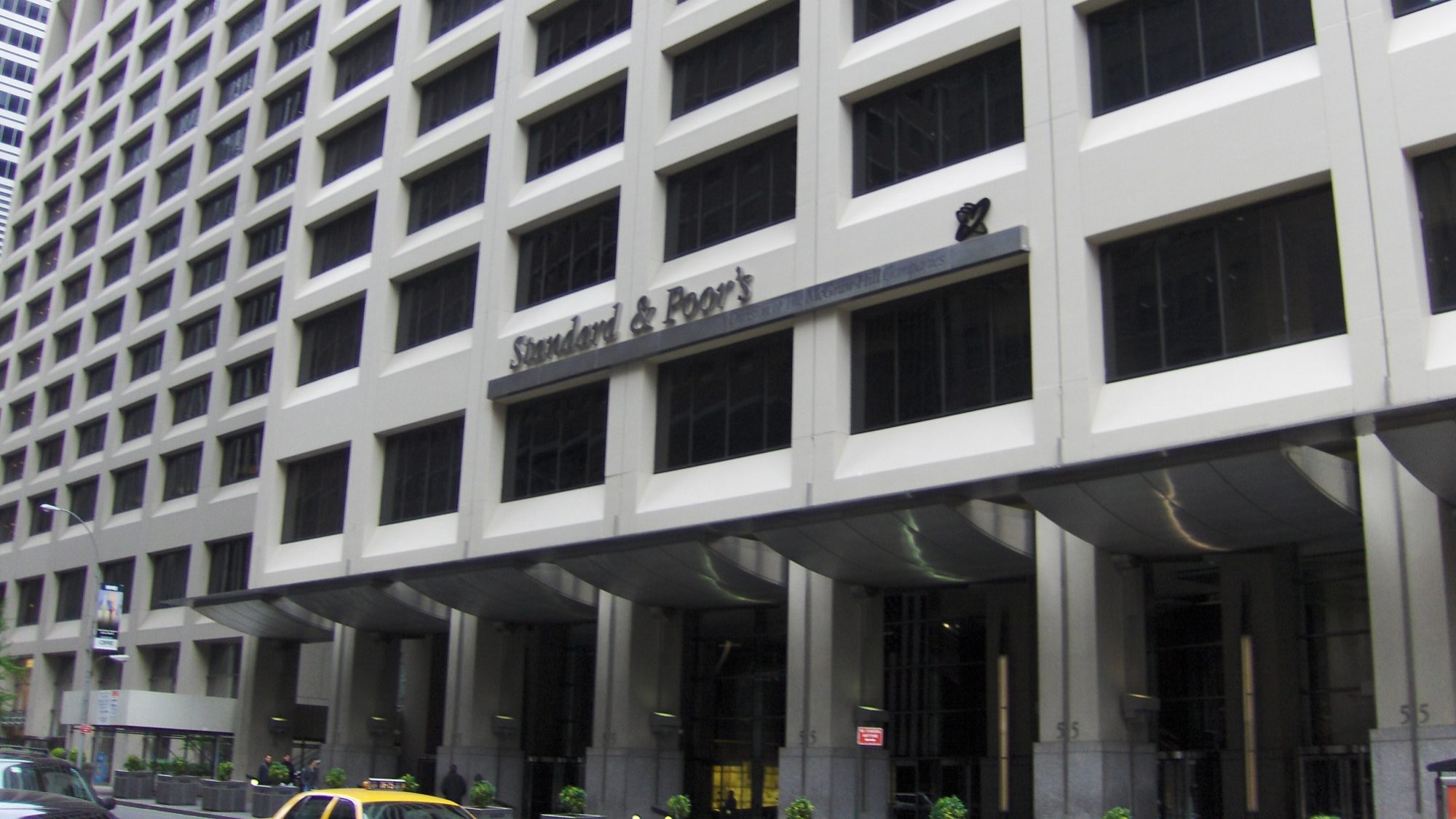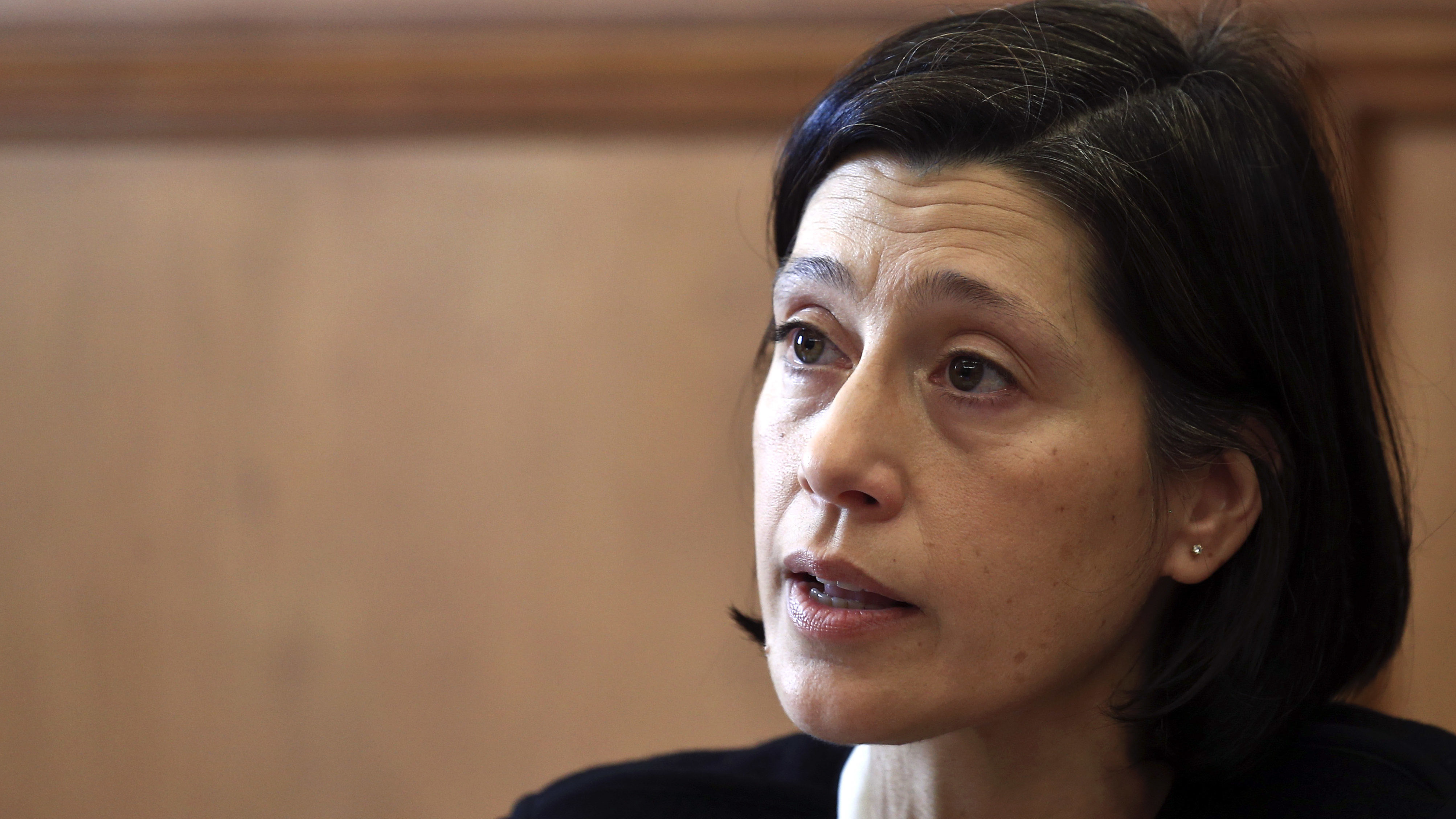DBRS acknowledges potentially improving Portugal’s outlook
The Canadian rating agency acknowledges a strong economic growth and a deficit reduction, but remains worried about Portugal's high level of indebtedness.
DBRS acknowledges improving Portugal’s rating. The Canadian rating agency acknowledges Portugal’s strong economic growth in the past year, as well as a reduction of the deficit and of debt interests; therefore, DBRS “sees potential for improvement in the long-term outlook for Portuguese public debt”. However, the agency warns they are still worried about the high public debt, the excessive amount of NPL and the long-term sustainability of growth.
“DBRS views favourably the strength in Portugal’s economic growth over the past year, its ongoing reduction in the fiscal deficit, and the renewed decline in its government bond yields over the past months”, the agency starts out by saying in a press release sent this Wednesday.
Nonetheless, the agency highlights, “the improvement in the structural deficit has been more limited, and more importantly, the government debt ratio remains high“. Even so, DBRS recalls the ratio is expected to start declining this year — the Government’s goal is to be able to decrease debt to 127.7% of GDP in 2017, against the 130.1% from last year.
"In DBRS’s view, the evolution of public debt dynamics over the longer term largely depends on the durability of the improvement in public finances and the strengthening of medium-term growth prospects.”
As far as the rating agency is concerned, “the evolution of public debt dynamics over the longer term largely depends on the durability of the improvement in public finances and the strengthening of medium-term growth prospects”. DBRS ackowledges this year’s economic growth should be “strong”, but is careful when looking at those projections. “It seems early to determine whether the growth upturn is structural or simply driven by cyclical factors”, the agency states, highlighting that “longer-term growth forecasts diverge”. The International Monetary Fund (IMF), for example, is hoping the Portuguese GDP grows 1.2% in 2021 and 2022. As for the Portuguese Government, it points to a 2.1% increase for that period.
The high level of indebtedness isn’t the only challenge Portugal faces. DBRS also points to “Portugal’s still low growth potential”, a high level of companies’ indebtedness and of banks’ NPL, in addition to possible fiscal pressures: “while signs of recovery in the banking sector are encouraging, the situation remains challenging, particularly for banks to significantly reduce the level of their non-performing loans and improve their profitability. Fiscal pressures also seem to be abating, but pressures could still resurface, especially if growth weakens“.
More optimistic scenario places debt at 113% of GDP in 2020
Considering several projections for the Portuguese economy, DBRS designed three scenarios for the evolution of Portuguese debt:
- The optimistic: Portugal has an average 2.7% growth between 2017 and 2021, and the debt ratio should fall to 113% in 2020;
- The pessimist: the average growth is only 1.2% in that period, and debt should remain high, at 120% in 2020;
- In between: the debt ratio should stand at 118% in 2020.
“The outlook for public debt could improve if stronger growth persists into the longer term, and if there are no fiscal or macroeconomic shocks, such as a sharp rise in interest rates, or shocks stemming from the banking sector”, DBRS acknowledges.




